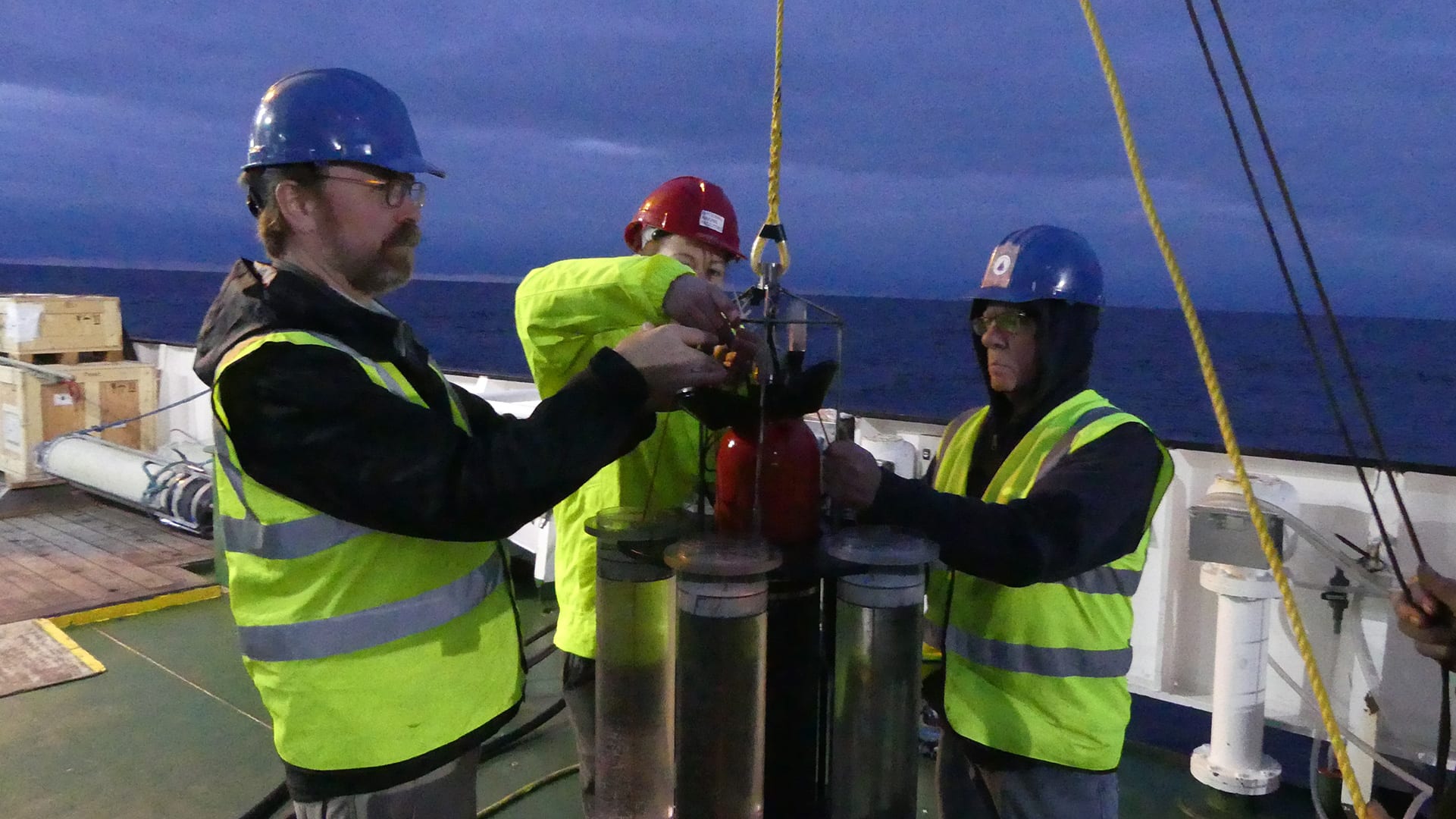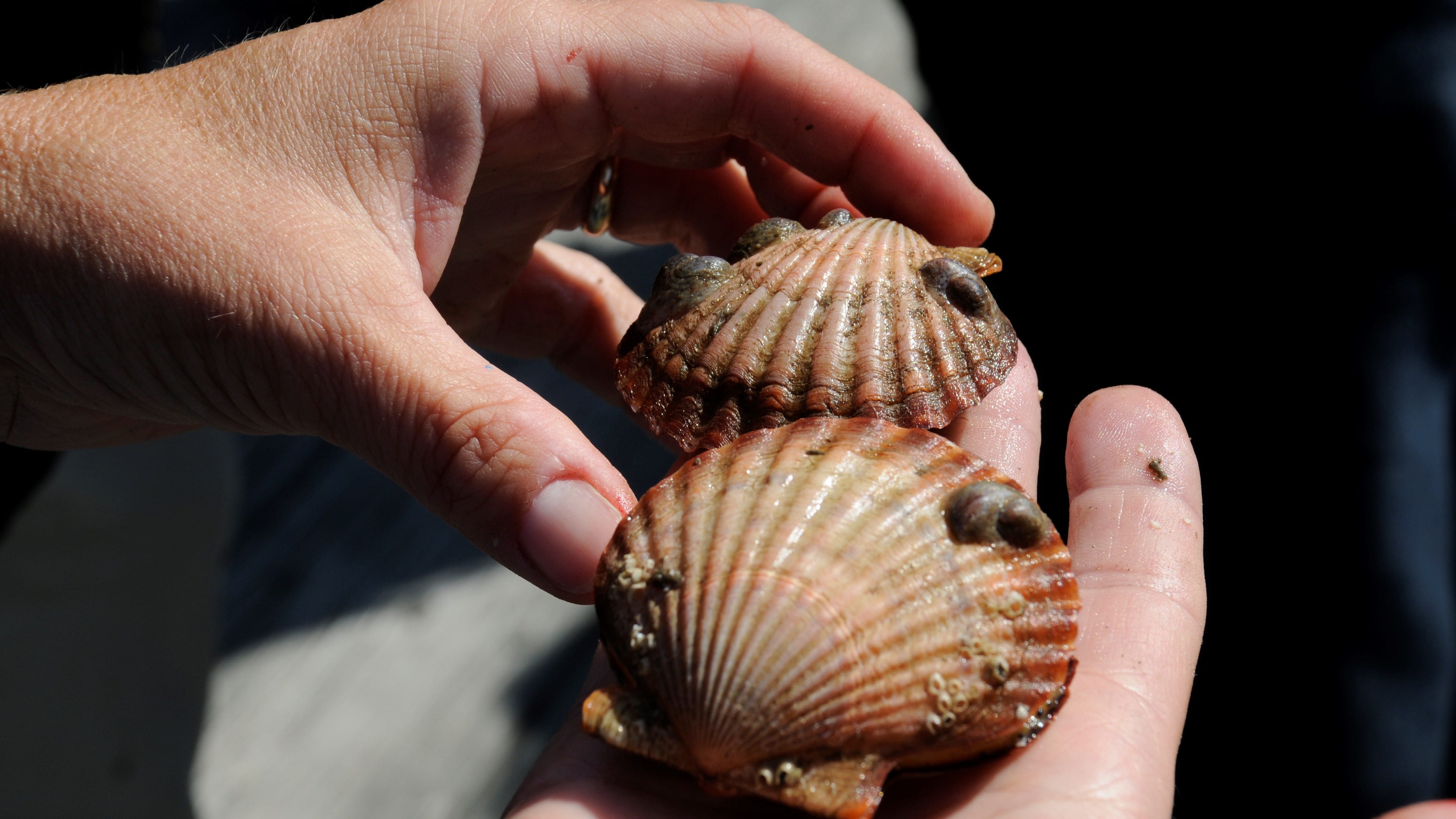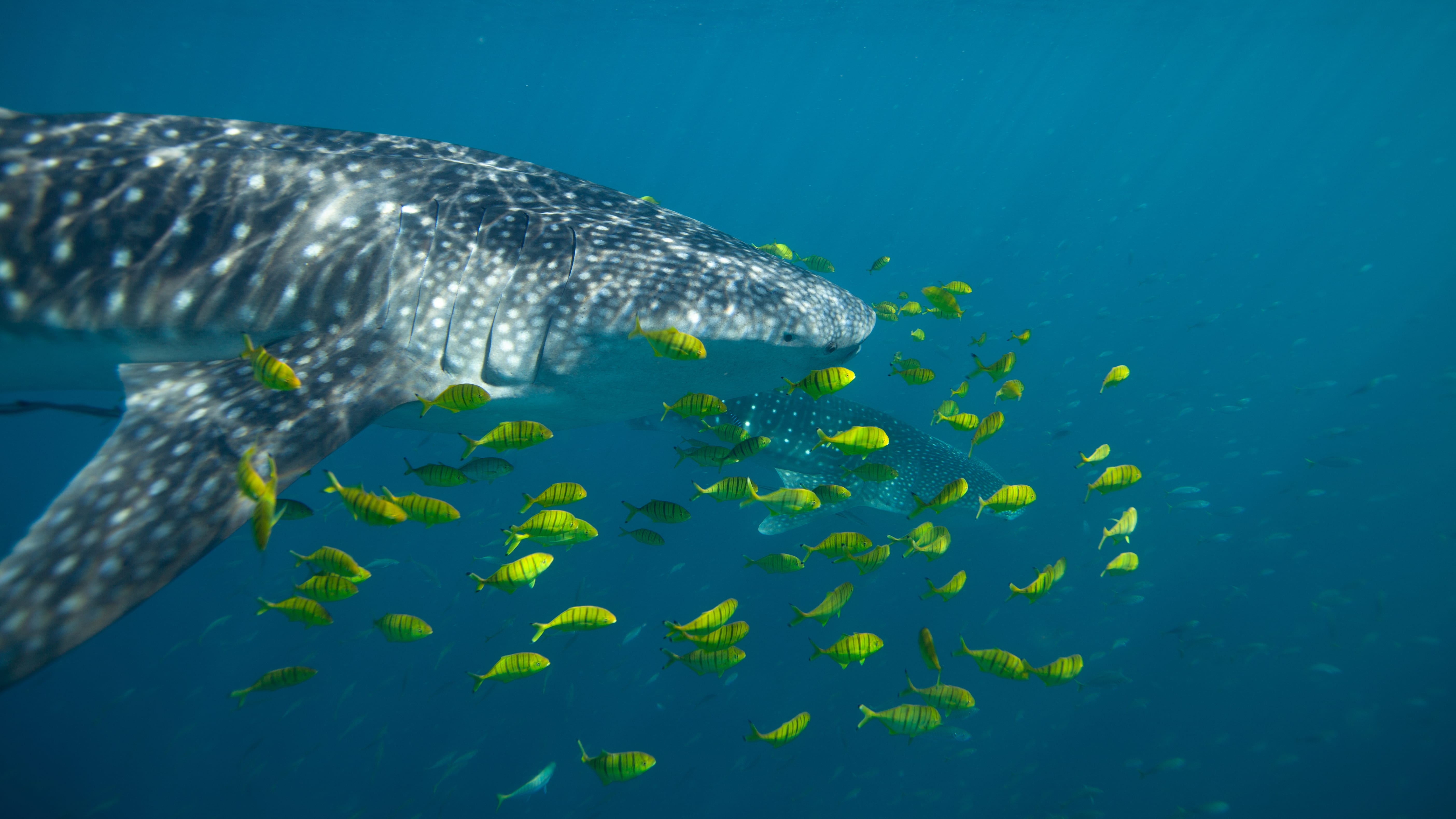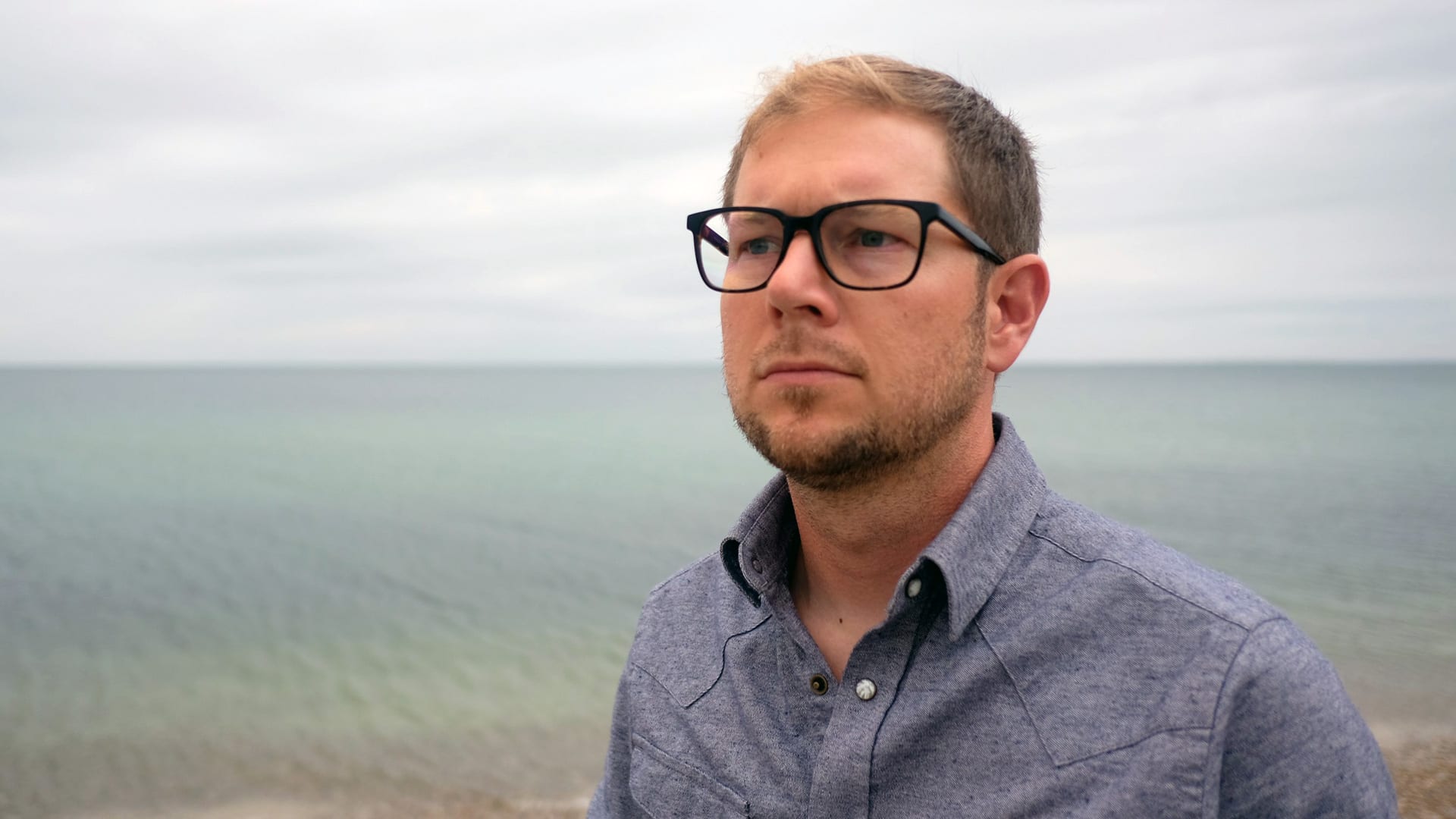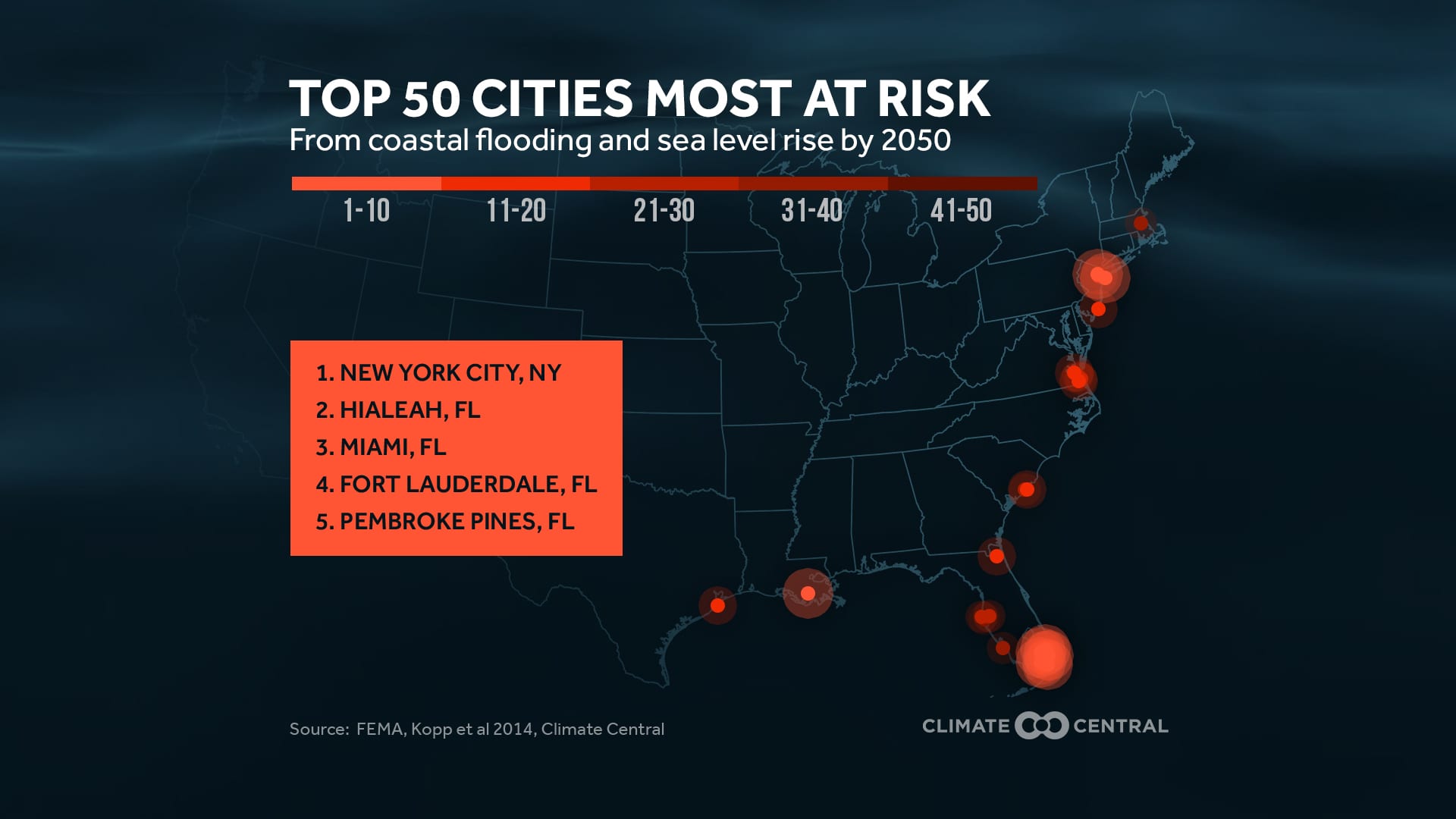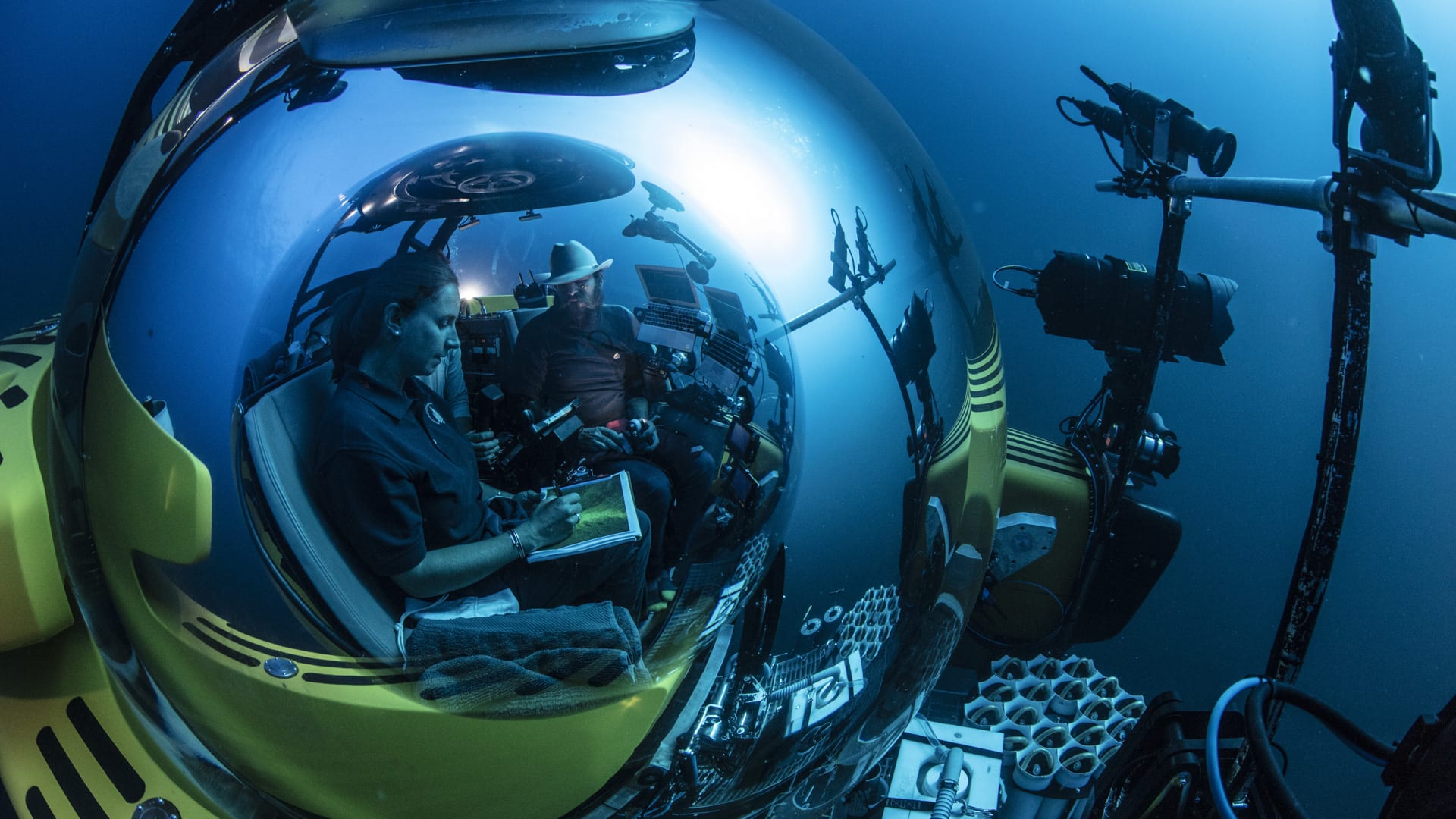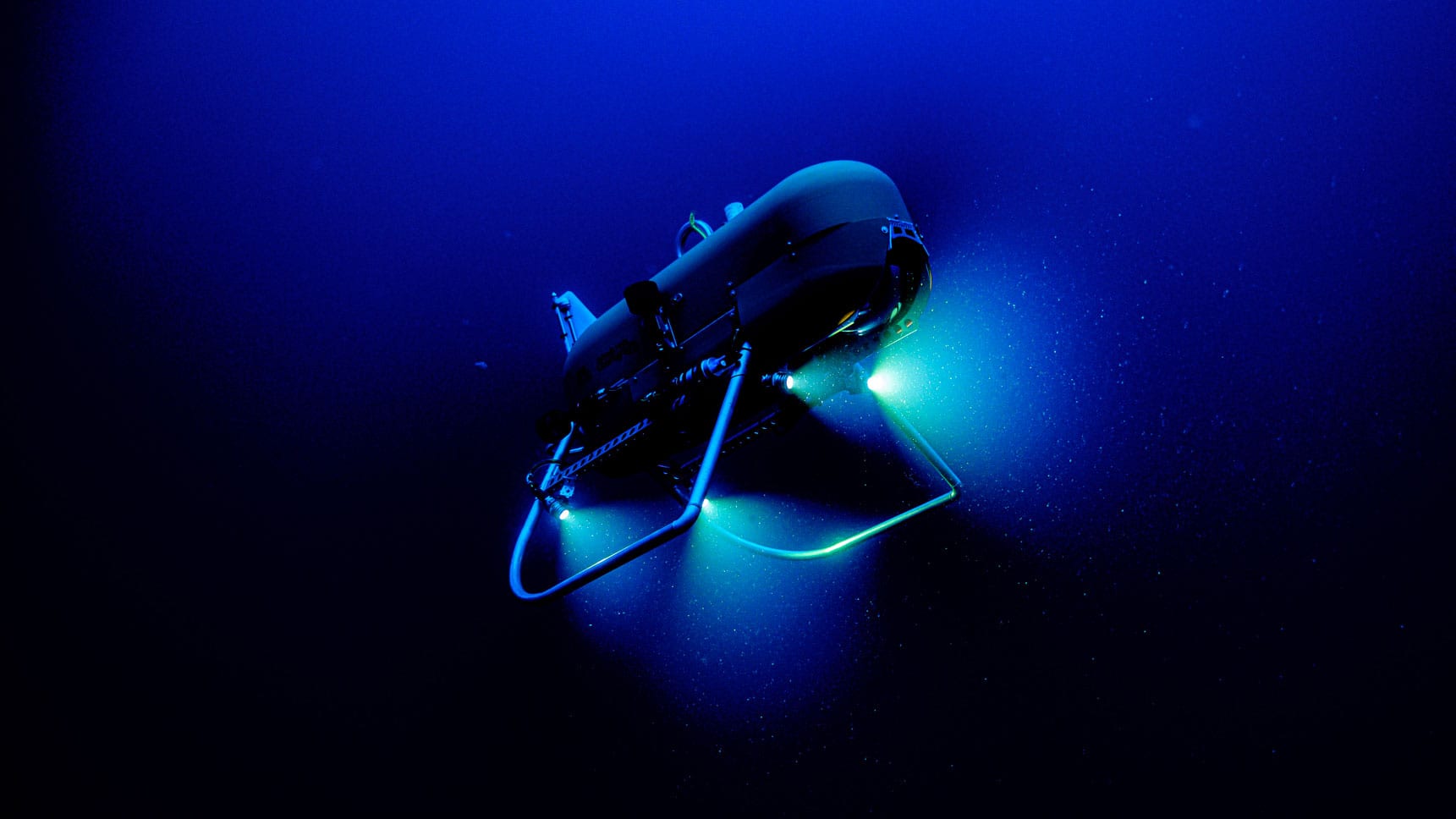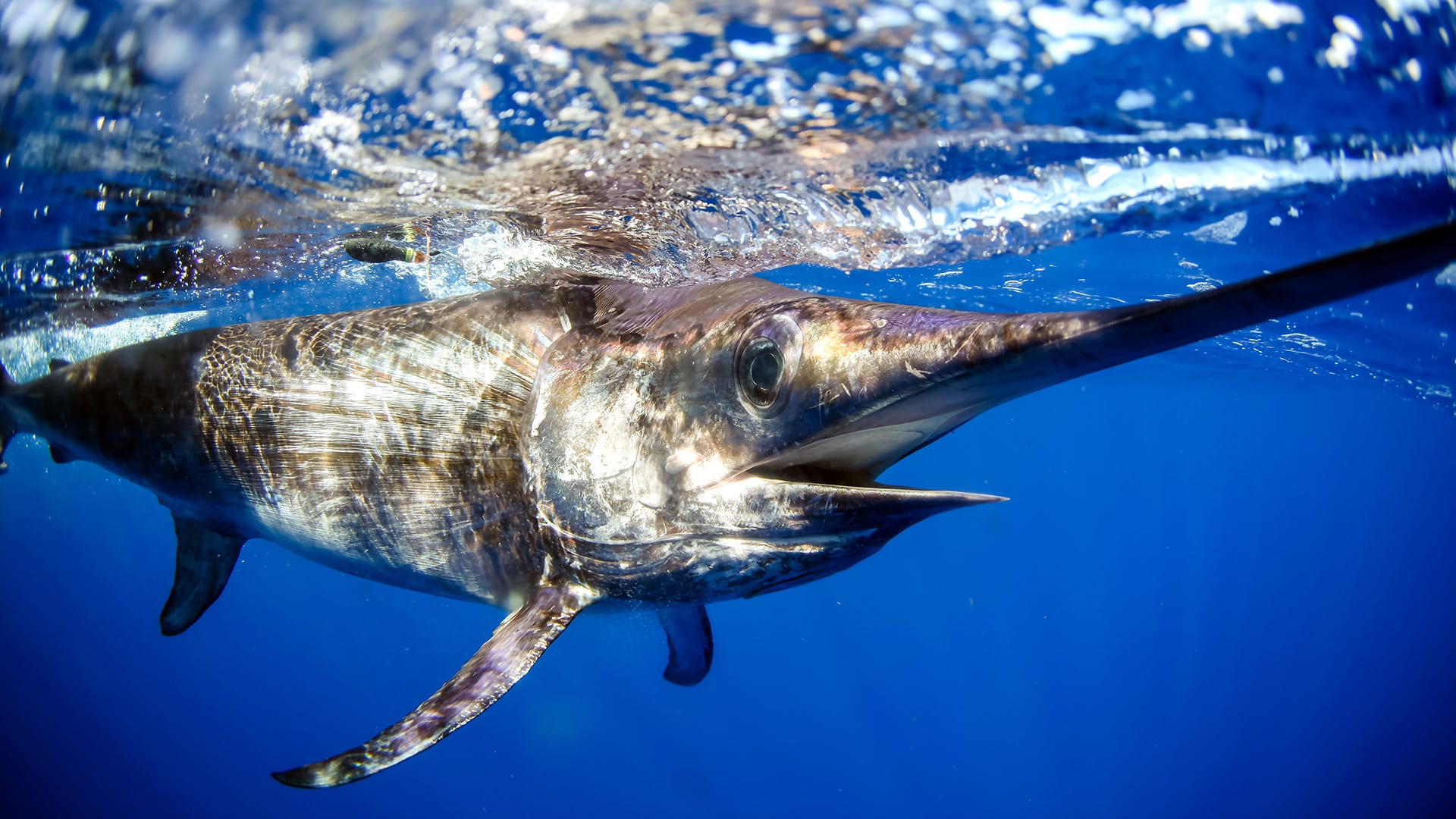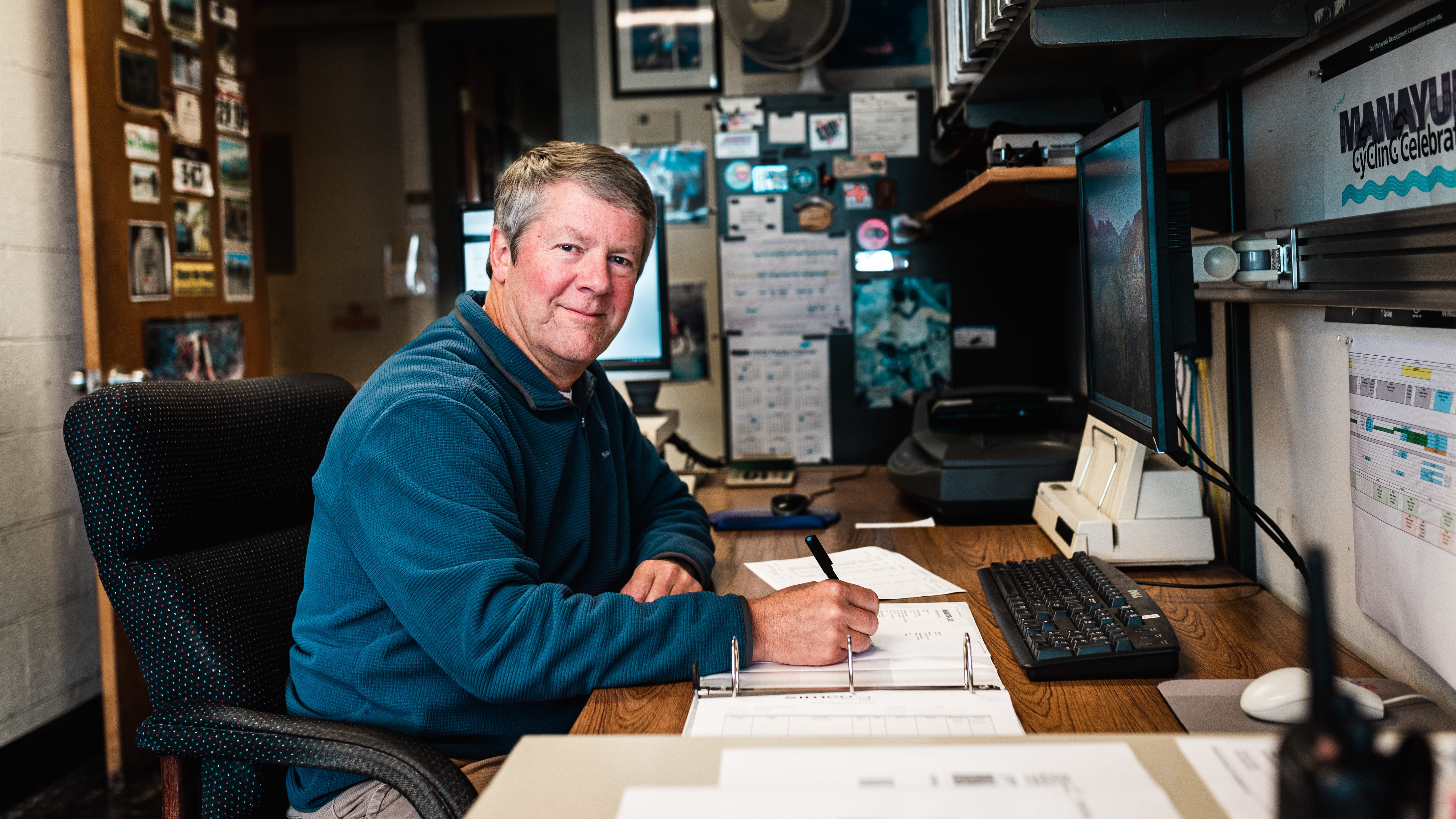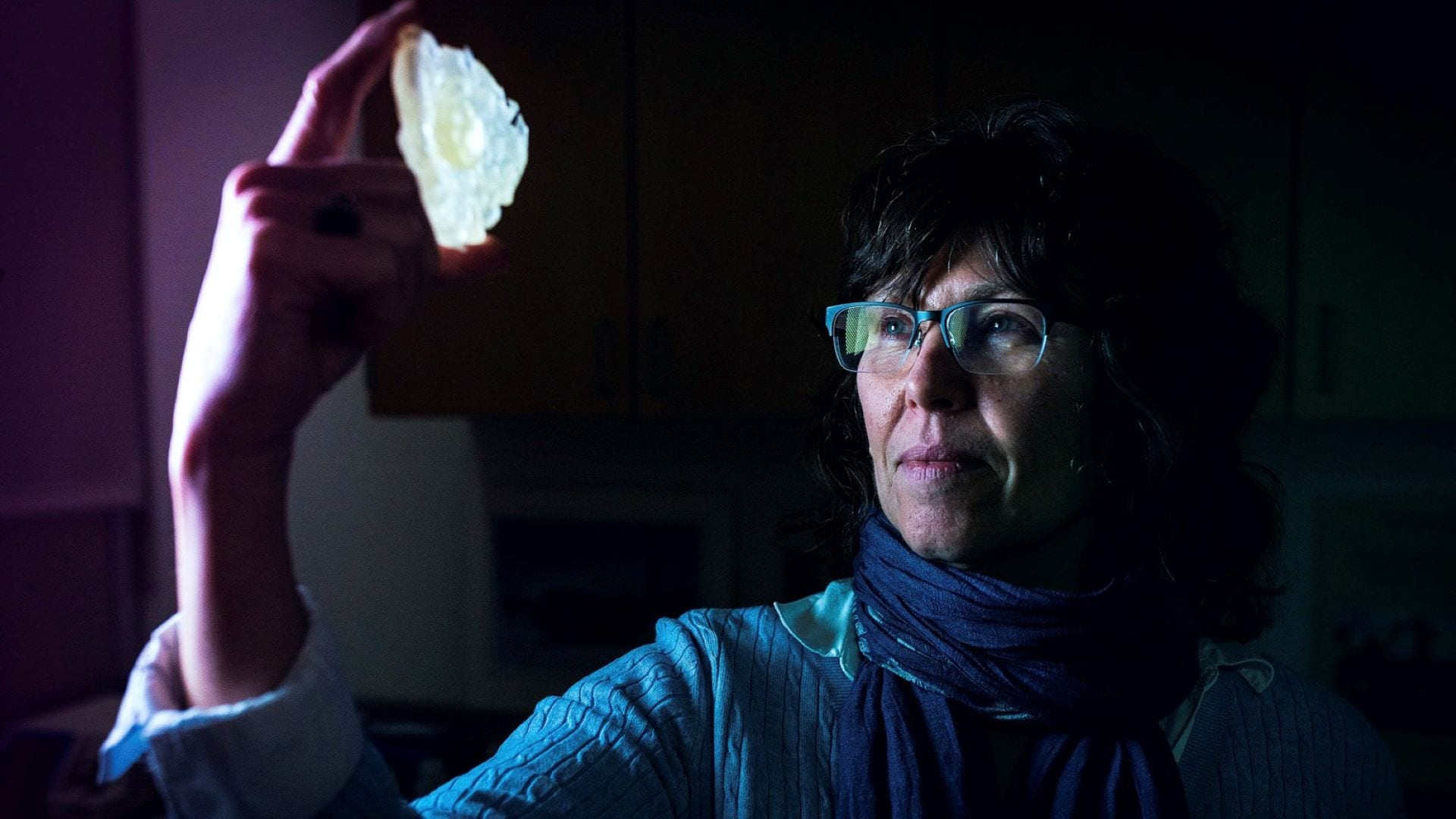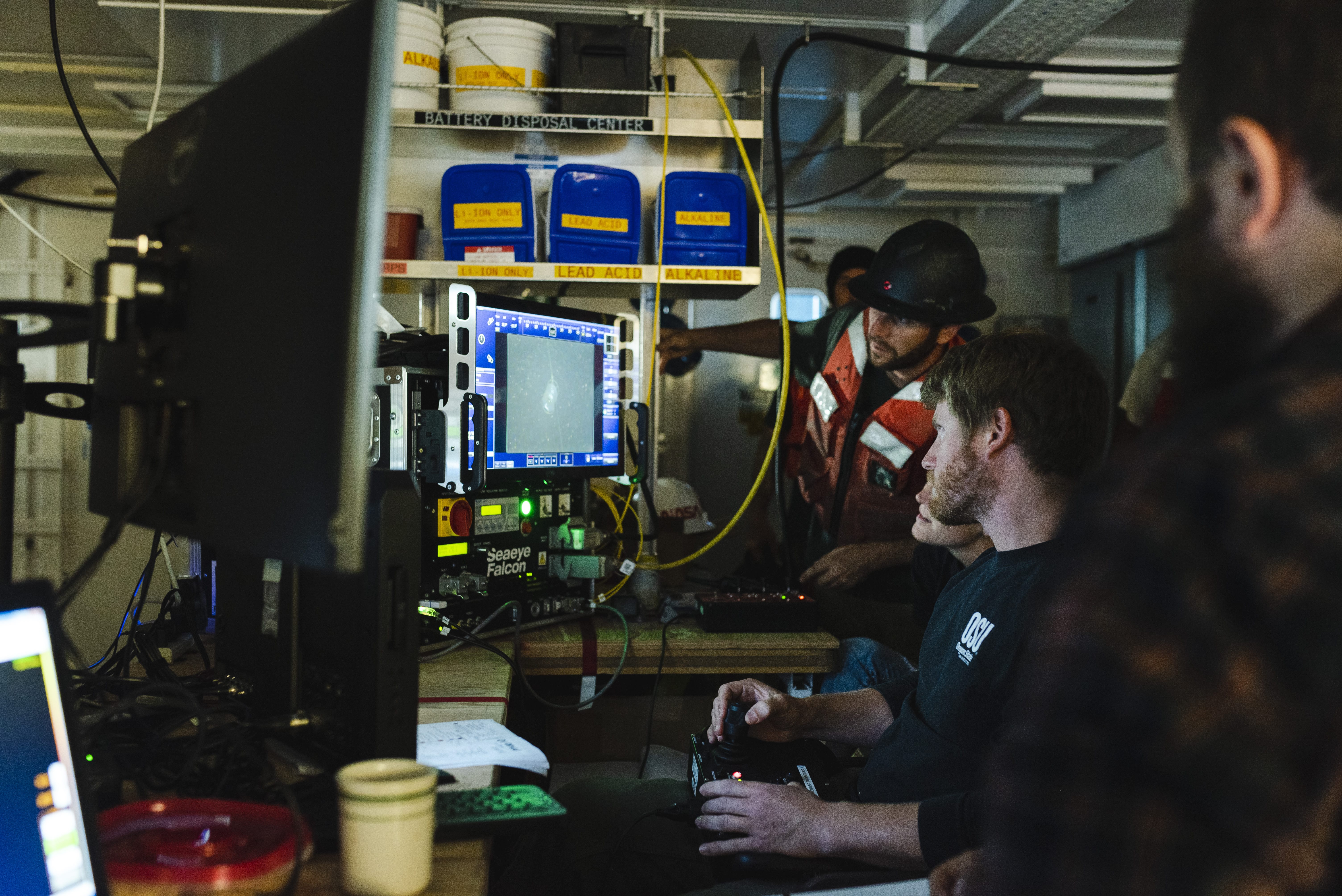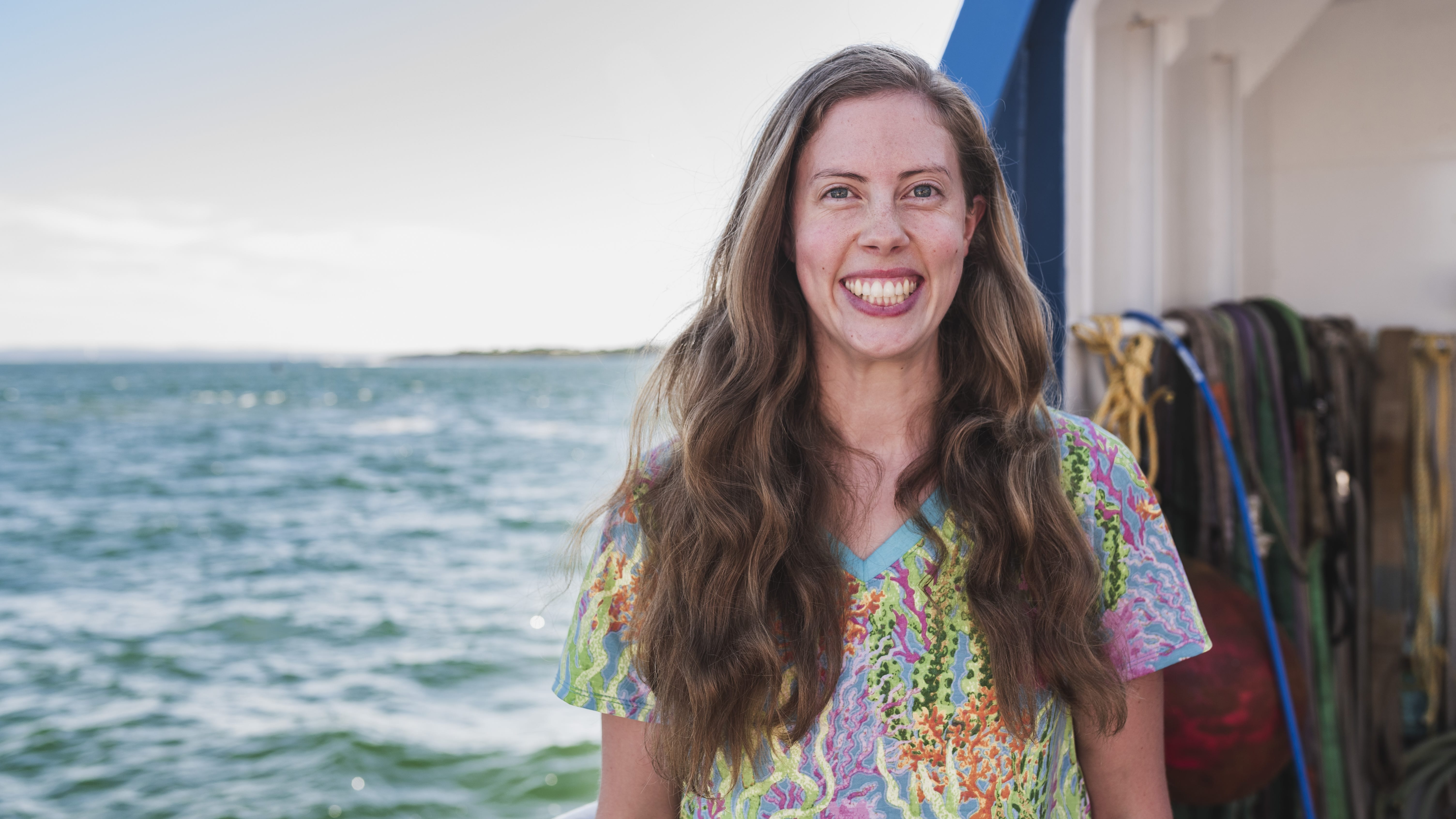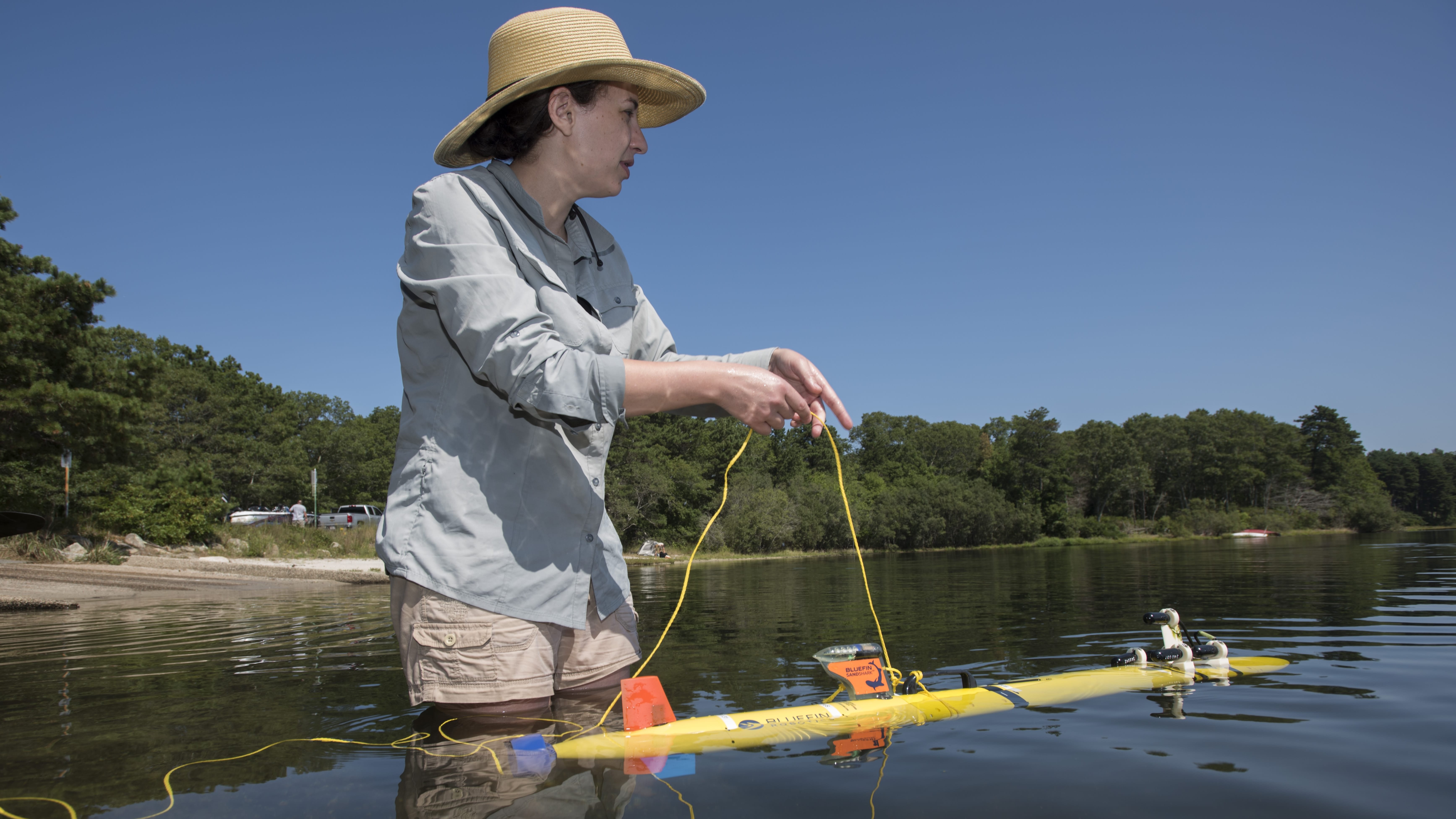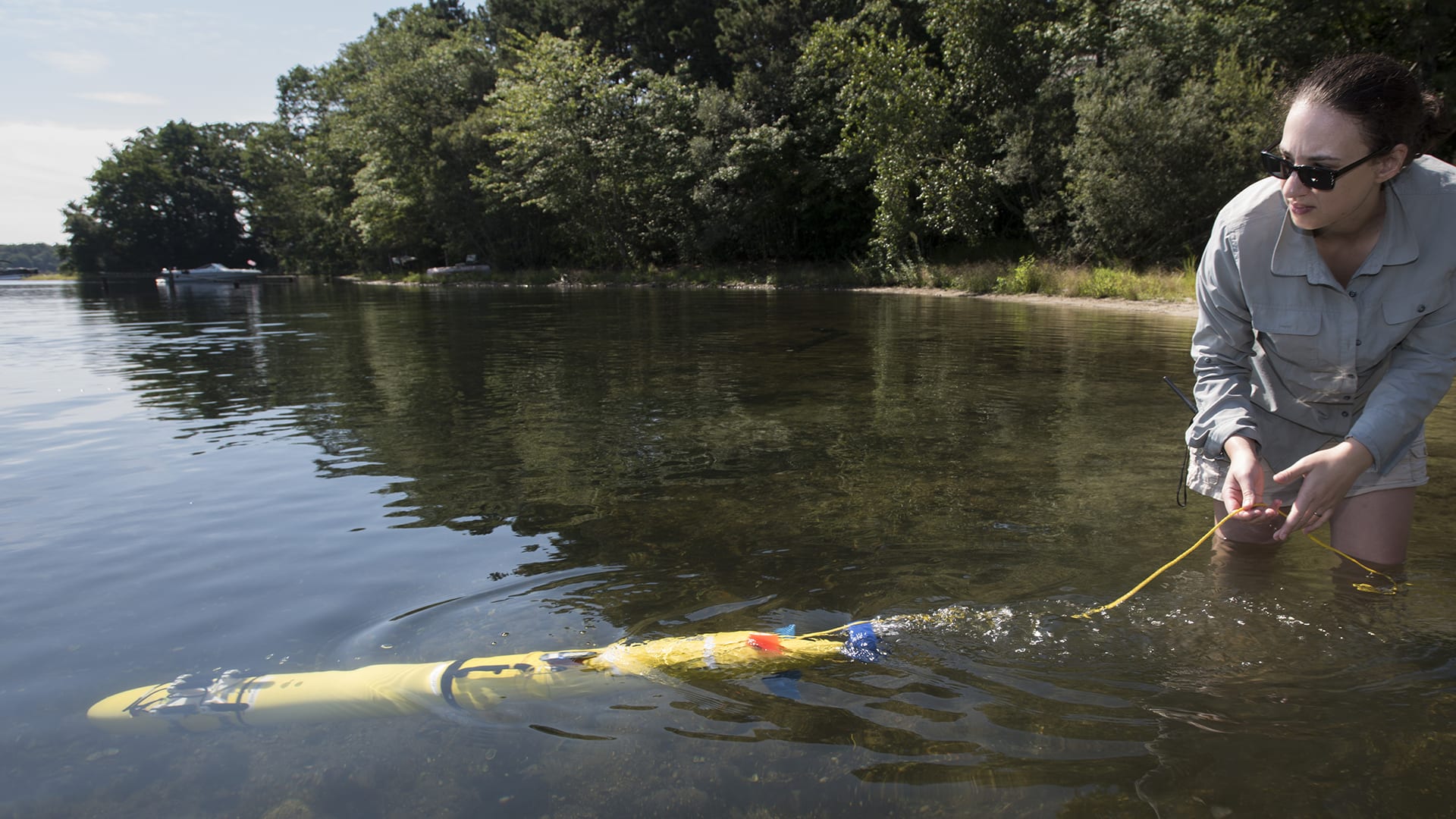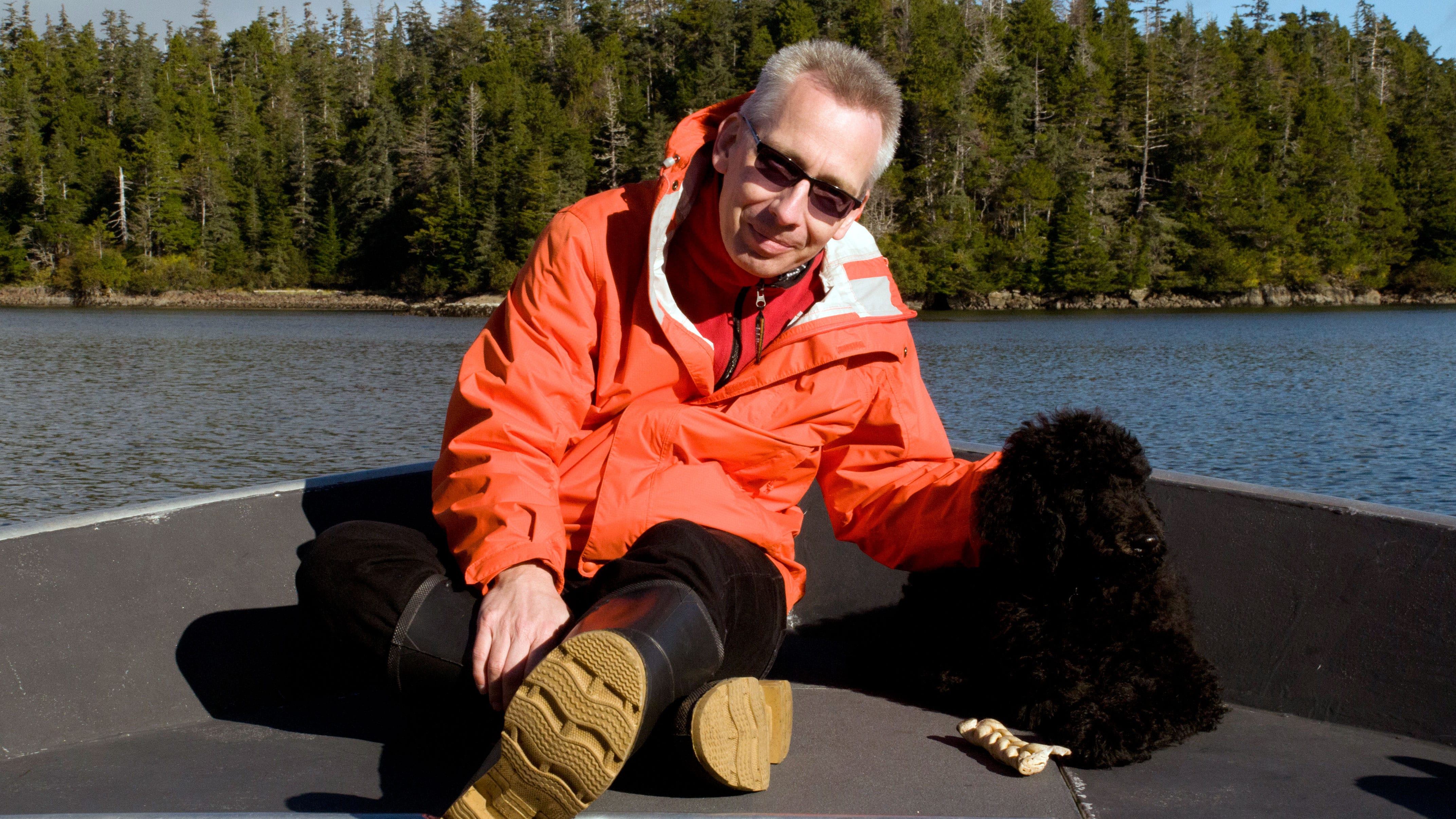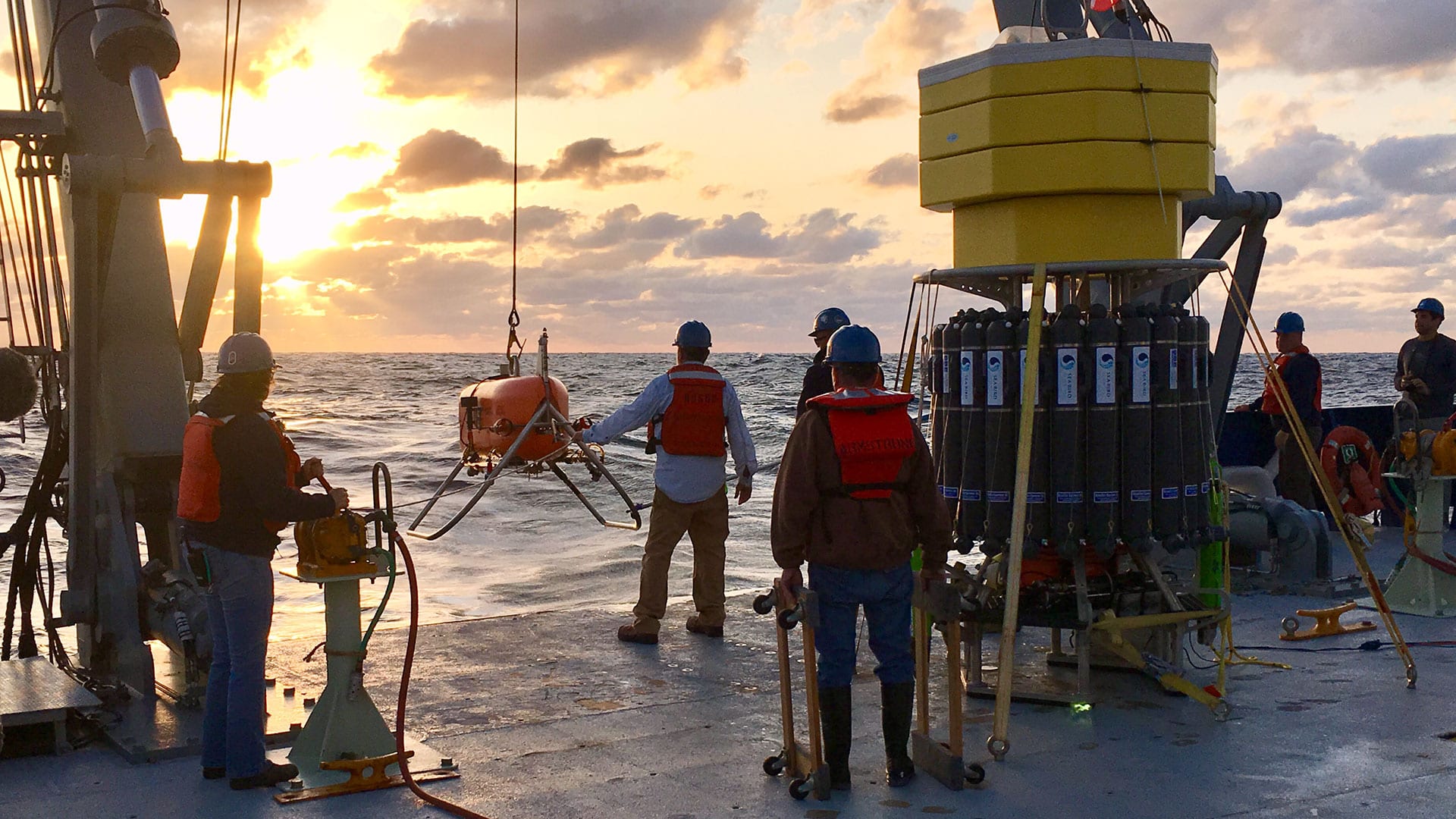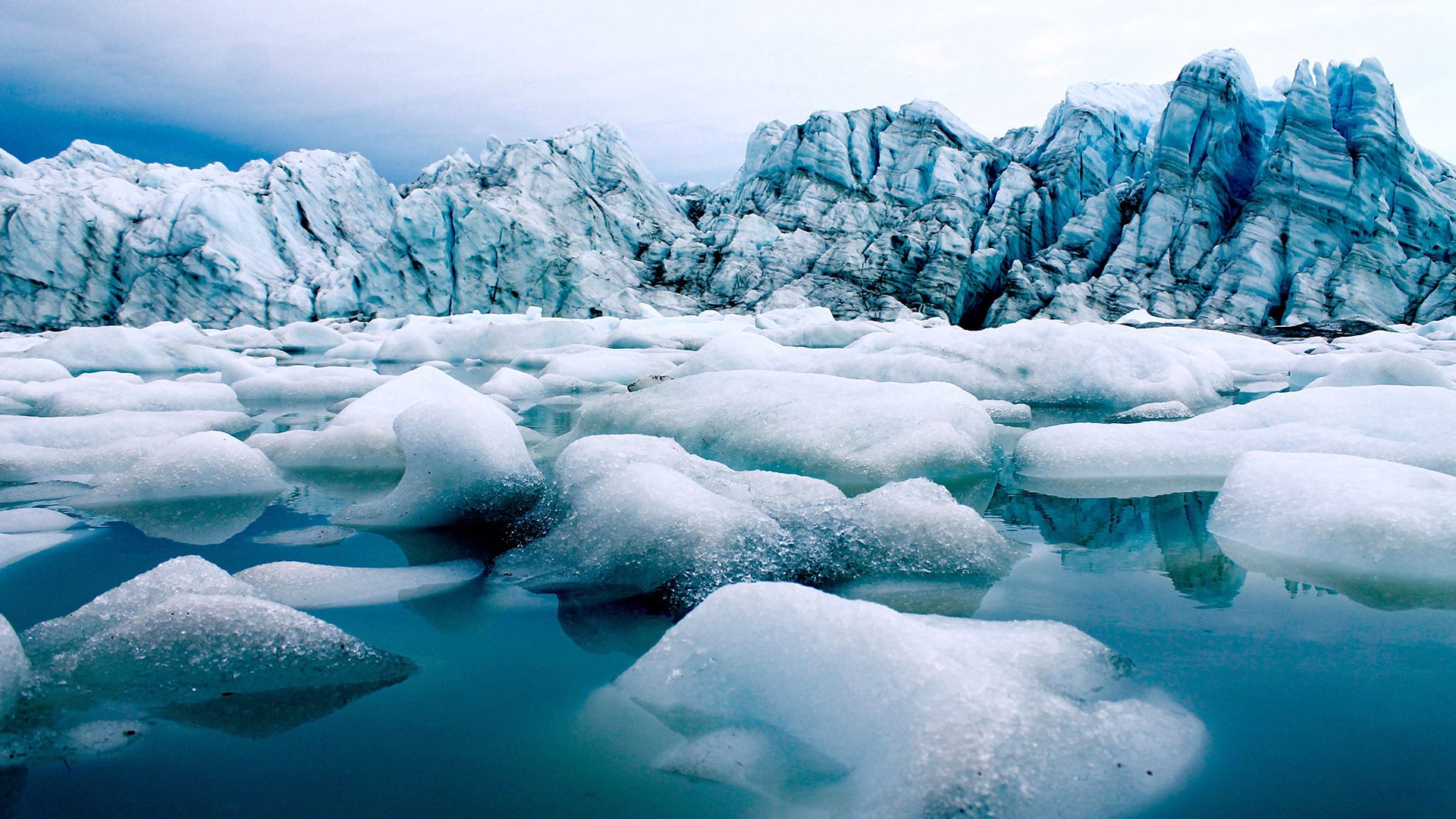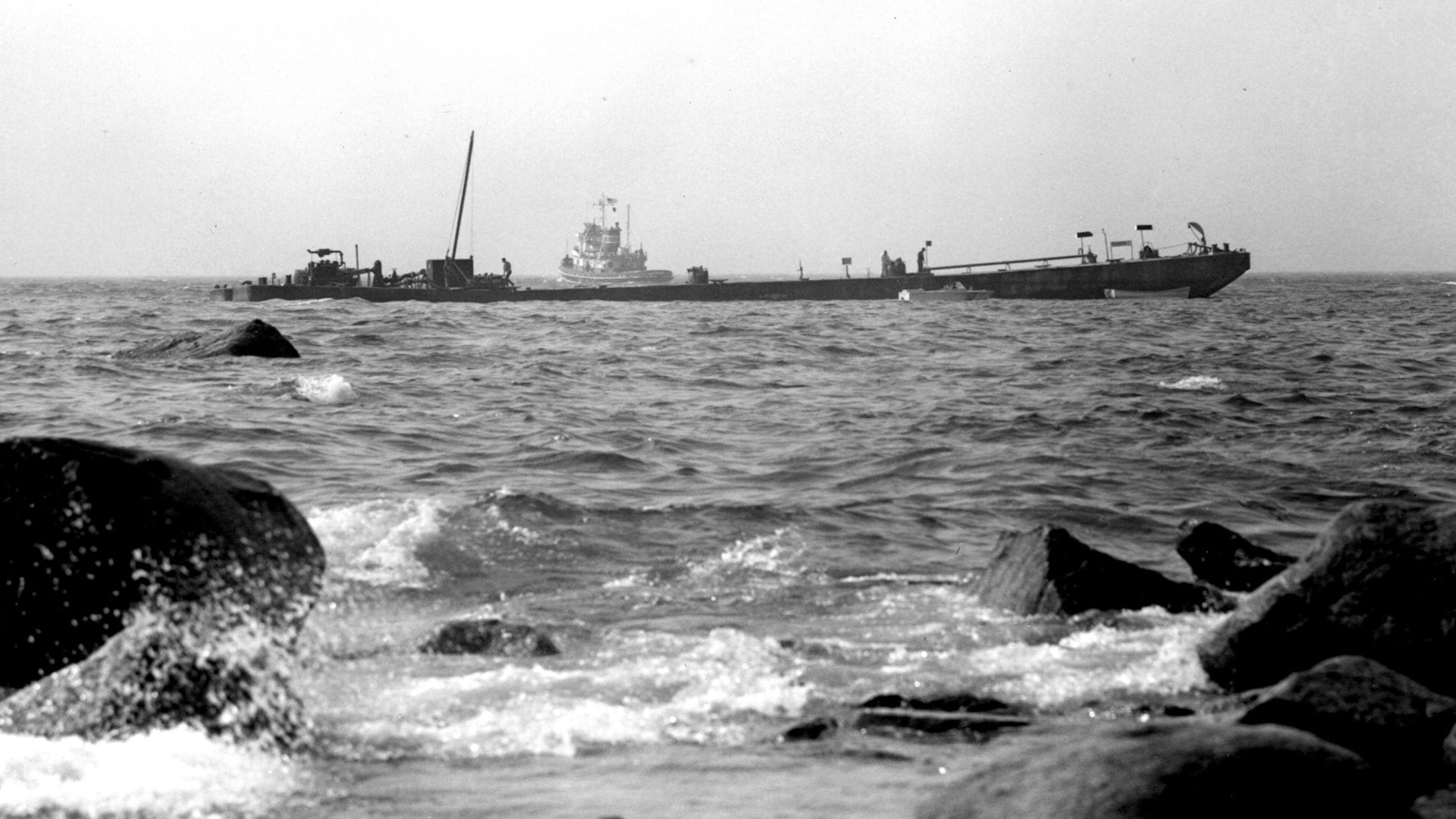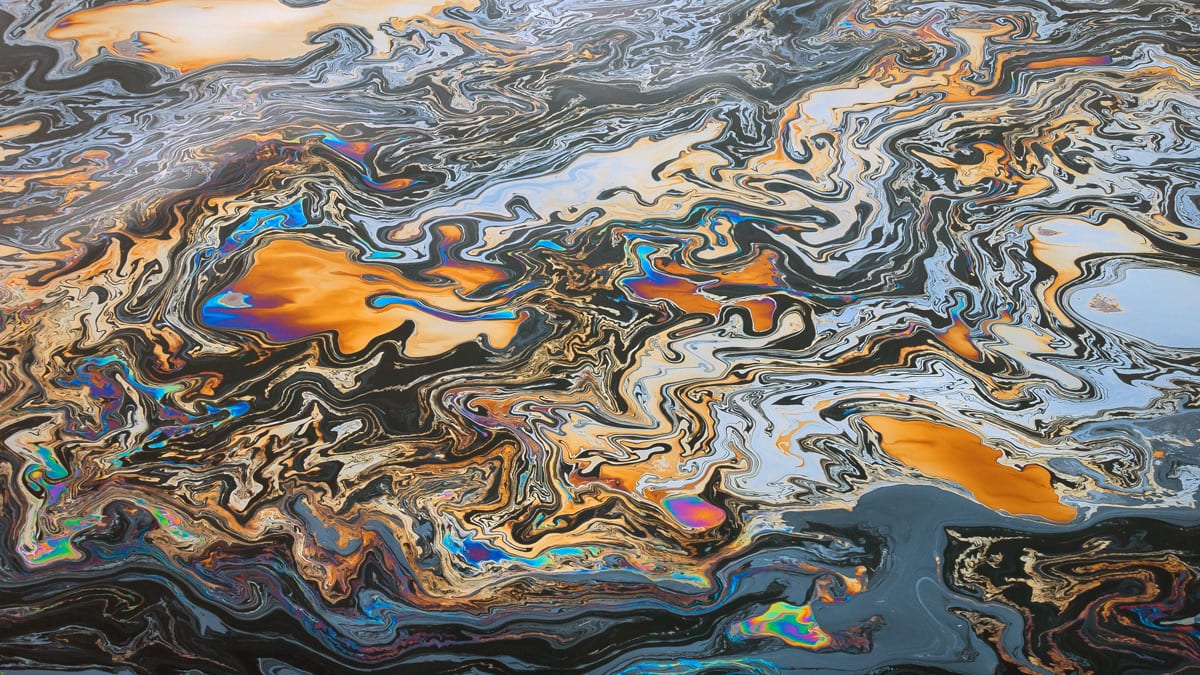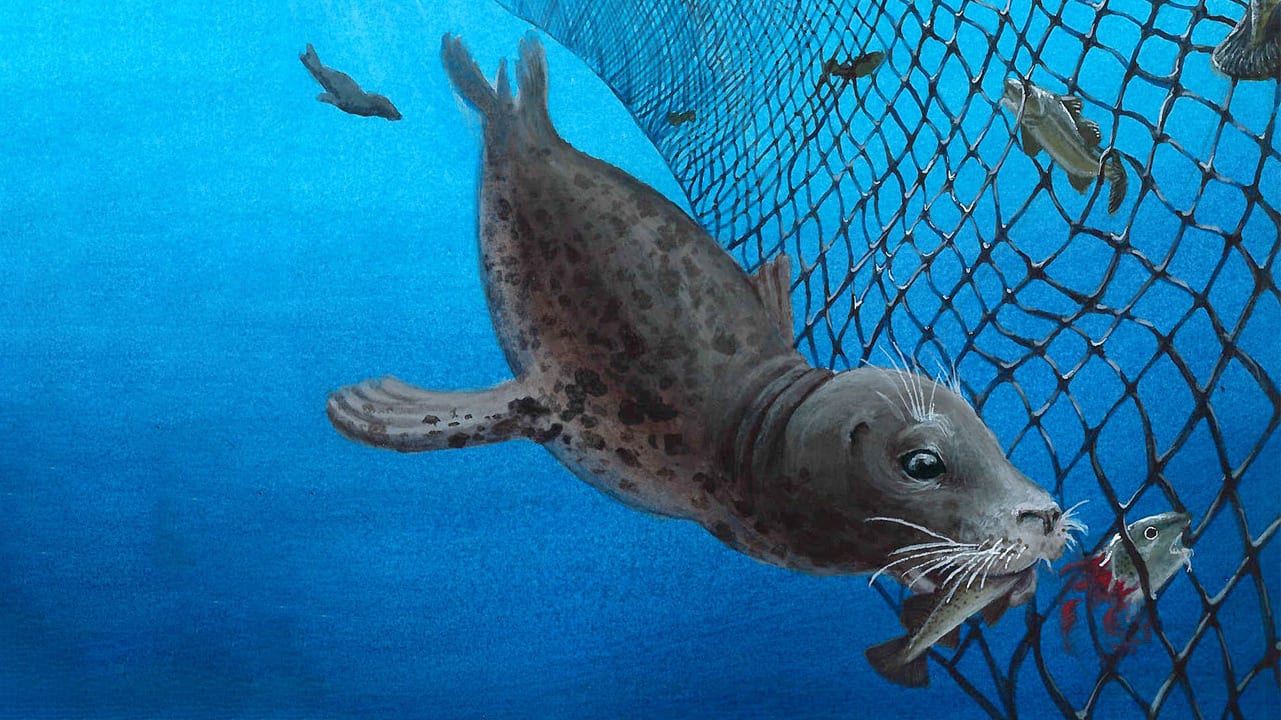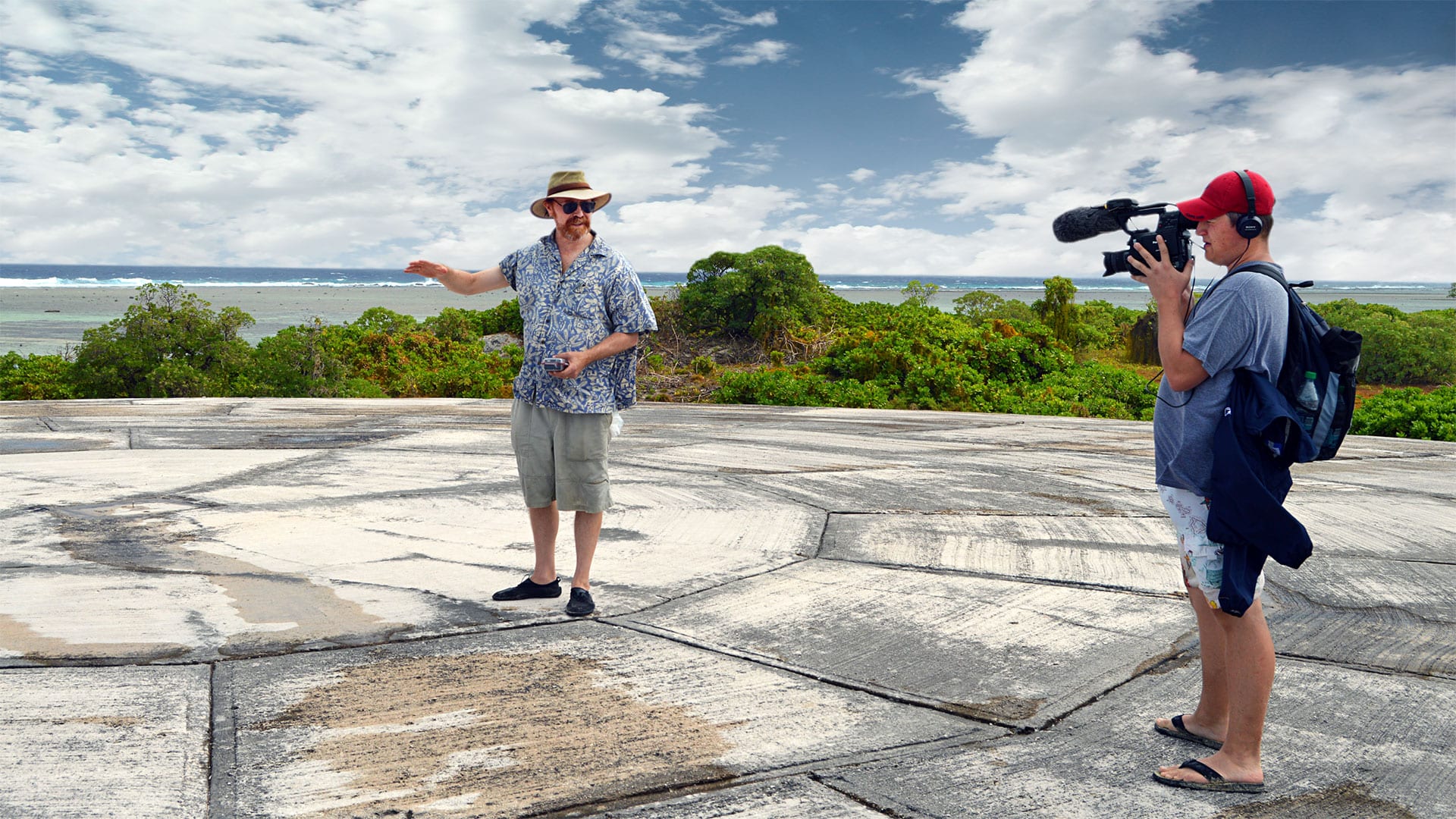News & Insights
The Ocean Twilight Zone’s crucial carbon pump
When CO₂ enters the ocean, where does this heat-trapping gas go? WHOI geochemist investigates how much carbon from the surface ocean is dispatched to the ocean twilight zone–the midlayer of the ocean–and on to the deep ocean.
Read MoreOcean acidification gets a watchful eye in New England aquaculture ‘hot spot’
Shellfish aquaculture is thriving in New England, but future growth in the industry could be stunted as coastal waters in the region become more acidic. Researchers at WHOI have developed a way to link nutrient load reductions to improvements in the health of Buzzards Bay, Massachusetts, which may an important step toward cleaner and less acidic harbors in the Baystate.
Read MoreRed Sea ‘hotspot’ study reveals behaviors of whale sharks
A new study of whale shark movements near a known hotspot in the Red Sea sheds light on their behaviors and could help inform the conservation efforts of the largest known fish, which can reach lengths of 40 feet or more.
Read MoreExploration Enabler: Robin Littlefield
WHOI engineer Robin Littlefield is on a mission to increase the reach of science through the development and operation of autonomous underwater vehicles.
Read MoreWHOI scientists weigh in on sea level rise impact study
When it comes to future sea level rise, most studies predict we’ll see between four to eight inches of global sea level rise between now and 2050. The looming question is—how many people will be affected by rising seas in the coming decades?
Read MoreSearching for the limits of life: Taylor Heyl
A deep-sea biologist discusses her search for life in the deepest parts of our ocean, and why WHOI is the place she has chosen to carry out her research
Read MoreThe Rise of Orpheus
WHOI’s new deep-sea autonomous underwater vehicle moves one step closer to exploring the hadal zone—the deepest region of the ocean—to search for new clues about the limits of life on Earth, and possibly beyond.
Read MoreFollowing the elusive sword
Satellite tags allow researchers to “see” how swordfish move in and out of the ocean twilight zone.
Read MoreThe “sub” text of 45 years at Woods Hole Oceanographic Institution
Rick Chandler is a senior submersible engineer and administrator for the Alvin Group at Woods Hole Oceanographic Institution, where he’s worked for more than 45 years.
Read MoreFalling in love with foraminifera
A marine geobiologist falls for the ‘brains’ and beauty of an ancient single-celled creature that can change its shell into a variety of geometric shapes.
Read MoreFlight of the underwater falcon
How a remotely operated vehicle made by Saab is lending a watchful eye to scientific mooring operations.
Read MoreHow do you study marine metamorphosis?
Kirstin Meyer-Kaiser is a marine benthic ecologist, whose primary research focus is on how invertebrates establish themselves along the seafloor.
Read MoreThe hive mind behind a swarm of submersibles
The vastness of our oceans demands extensive study methods. Erin Fischell, an assistant scientist in the Department of Applied Ocean Physics and Engineering, has been experimenting with a swarm of autonomous underwater vehicles that aim to both minimize cost and maximize the scope of scientific assessment at sea.
Read MoreThe Rise of Orpheus (Part 2)
WHOI’s new deep-sea autonomous underwater vehicle moves one step closer to exploring the hadal zone—the deepest region of the ocean—to search for new clues about the limits of life on Earth, and possibly beyond.
Read MoreErin Fischell wins Moore Inventor Fellowship
Erin Fischell, an assistant scientist in Applied Ocean Physics and Engineering at Woods Hole Oceanographic Institution, has been awarded the Moore Inventor Fellowship for her work on ocean robotics.
Read MoreRiver Detective: WHOI scientist studies river chemistry around the world
Bernhard Peucker-Ehrenbrink has been studying rivers around the world as part of the Global Rivers Observatory network to observe how natural and human-caused environmental changes affect the composition of river water over time.
Read MoreThe Rise of Orpheus (Part 1)
WHOI’s new deep-sea autonomous underwater vehicle moves one step closer to exploring the hadal zone—the deepest region of the ocean—to search for new clues about the limits of life on Earth, and possibly beyond.
Read MoreWHOI weighs in on climate change report
Rick Murray, WHOI Deputy Director and Vice President for Research, weighs in on the IPCC’s special report on the ocean and cryosphere in a changing climate.
Read MoreFifty years later, the West Falmouth oil spill yields lasting contributions to remediation efforts
After 175,000 gallons of oil spilled from a barge that ran aground along West Falmouth Harbor, the contaminant has all but disappeared, save a small marsh inlet that continues to serve as a living laboratory for scientists at Woods Hole Oceanographic Institution.
Read MoreRapid Response at Sea
As sea ice continues to melt in the Arctic and oil exploration expands in the region, the possibility of an oil spill occurring under ice is higher than ever. To help first responders cope with oil trapped under ice, ocean engineers are developing undersea vehicles that can map oil spills to improve situational awareness and decision making during an emergency.
Read MoreUnderwater cameras tackle tough questions for fishery
Scientists, in collaboration with commercial fishermen, are using underwater video cameras to document the behavior of seals and other animals in and around fishing nets just east of Cape Cod—an area that has seen steady growth in gray seal populations over the past few years.
Read MorePutting the ‘nuclear coffin’ in perspective
WHOI chemist and marine radioactivity expert shares his thoughts about radioactivity waste leaking from Runit Dome—a bomb crater filled with radioactive soil in the Marshall Islands that is now being penetrated by rising sea levels
Read MoreUnderwater robots swarm the ocean
Researchers test a new, acoustic-based navigation system to solve a problem that oceanographers have grappled with for years—getting multiple underwater robots to monitor the ocean cooperatively in swarm-like fashion.
Read MoreWHOI scientists win awards
Two WHOI scientists were among 82 distinguished scientists to receive accolades from the AGU, and another WHOI scientist was elected an American Meteorological Society (AMS) fellow for 2020.
Read More
